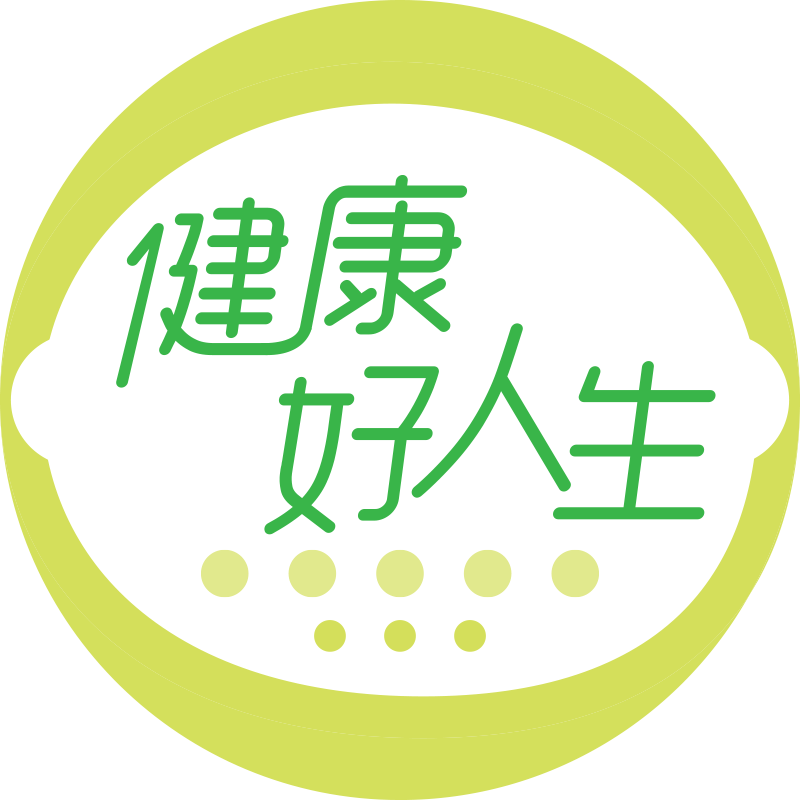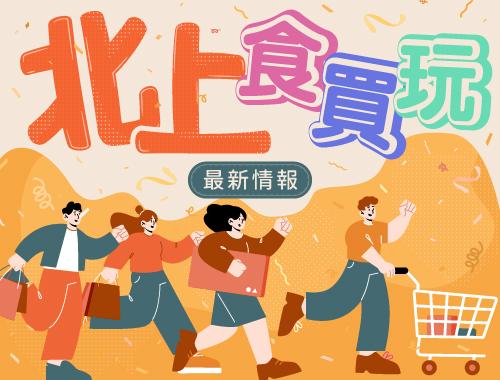BEIJING, Feb. 7, 2024 /PRNewswire/ -- A report from People's Daily: The Spring Festival is the grandest traditional festival of the Chinese nation.
In the long agrarian civilization, the ancient Chinese people marked a year from the sowing of seeds to the harvest of grains, and this agricultural cycle has set the rhythm of people's lives - growing crops in spring, seeing them mature in summer, harvesting them in fall and storing them in winter.
As winter faded into spring at year's end, people celebrated the good harvest of the year and welcomed a new cycle. They worshiped the heaven and ancestors, prayed for blessings, hosted feasts, bid farewell to the old year and ushered in the new, which helped form a series of solemn yet joyful folk customs. These customs provided people with an opportunity to express their feelings, make wishes, enjoy the joyful atmosphere, and voice their longing for a good life.
The Spring Festival is about folk customs, as well as art and aesthetics. The art of the Spring Festival is the collective creation and experience of beauty by the Chinese people and Chinese nation, a process that everyone joins.
During the Spring Festival, every household would paste images of Menshen, or door gods, traditional Chinese New Year paintings, Fu characters, paper cuttings, and Spring Festival couplets to the doors, creating a joyous and lively atmosphere.
The couplets on the doors and the paper cuttings on the windows reflect the spirit of a family. Symbolizing the vigor and energy of the household, those decorations are mostly in fiery red color, with gorgeous and vibrant complementary colors. The patterns are highly familiar to commoners - vivid and distinctive.
The auspicious characters, calligraphy, images of gods, and depictions of ideal life with good weather, national peace and prosperity, family happiness and longevity express people's hopes and aspirations for a better life.
These folk paintings and paper cuttings not only fully convey the tastes and pursuits of the common people, but also can serve as decorations in traditionally furnished houses.
Apart from pasted decorations, there are other decorative items placed at home during the Spring Festival, including seasonal fruits, potted flowers, antiques, and more. The Spring Festival decorations, ornate and elegant or simple and fresh, are always joyful, pleasing to the eye, and full of hope.
The food prepared for eating and ancestor worship during the Spring Festival, which is more sumptuous than usual, not only provides a rich culinary experience, but also contains auspicious meanings of prosperity.
For instance, families in the Jiaodong region of east China's Shandong province would make various steamed buns and cakes, as well as auspicious dough sculptures, starting from the kitchen god day, also known as the Little New Year, several days around the Spring Festival. They are a part of the festive cuisine and serve as gifts and offerings. The beauty and symbolism of the Spring Festival food, when shared through social interactions, creates a spiritual bond among people.
During the Spring Festival, there are splendid recreational and celebratory activities. Folk arts like stilt walking, lion and dragon dancing, drumming, and Yangge dancing are presented at carnival-like events. Spontaneous performances, crowds of onlookers, cheerful and stirring drum beats, as well as the costumes and masks worn by performers that carry elements of local culture and traditions jointly make up the lively festival celebrations.
In addition, from New Year's Eve to the 15th day of the first month of the Chinese lunar calendar, large red lanterns are often hung in shops and homes in both cities and rural areas.
Villagers in northern Shaanxi province would visit the Jiuqu Yellow River Lantern Array, a popular traditional folk event hosted on the 15th day of the first month of the Chinese lunar calendar. On the Yunnan-Guizhou Plateau in southwest China, people of various ethnic groups would dance around bonfires to celebrate the festival. This showcases the purity and sincerity of the Chinese nation.
Throughout the ages, the Chinese nation has transitioned from tradition to modernity, from an agricultural civilization to an industrial and information civilization. The ceremonies celebrating the Spring Festival have changed to varying degrees, but they remain grand and solemn. The art and aesthetics of the Spring Festival have been innovated and passed down.
Today, the Spring Festival travel rush has become a cultural phenomenon. A number of Spring Festival-themed cultural products and clothing are emerging, with Chinese red, auspicious patterns and Chinese zodiac animals becoming trendy elements. Traditional Spring Festival rituals and customs also strike a chord among the young generations.
The Spring Festival is a cultural vein of the Chinese nation that has developed over thousands of years. It carries on the power of life and the pursuit of ideals from generation to generation. The Spring Festival, presented in folk arts, transcends history and materiality. In the pursuit of beauty, kindness and happiness, it reveals the ideals and meaning of life.
source: People's Daily
《說說心理話》與你分享應對性騷擾三部曲,減輕心理陰影創傷、提升自我肯定方法 ► 即睇



























